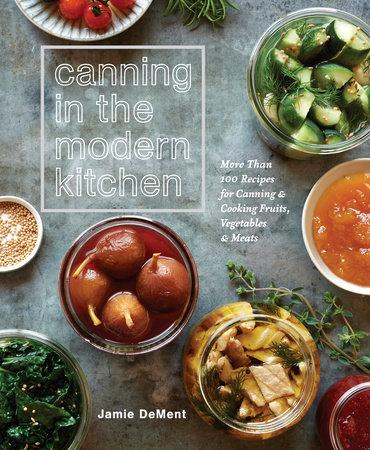Introduction
Today I’m a farmer, restaurateur, and writer. My life revolves around food—growing it, selling it, writing about it. Our farm is an idyllic spot in the heart of North Carolina, on the banks of the Eno River. We raise heirloom produce and heritage breed pasture-raised meats with a wonderful team of folks who work and live on our farm. We work together, live together, and do a lot of eating and celebrating together. The meals we enjoy are built around what we grow and would not be possible without preserving food from one season to another.
Luckily, I was born and raised in North Carolina. My family on both sides is full of strong-minded, colorful women who loved to cook—grandmothers, great-aunts, cousins, friends closer than cousins—all women who showed their love through their cooking. Some of my earliest memories are being in my grandma’s “canning kitchen” three generations deep, tiny baby hands next to arthritic fingers stuffing okra into jars and stirring big, steaming pots of vegetables. There was always a medley of voices of all those women, who taught me not just to cook but to love and nurture. I can stop almost any moment of any day and bring back memories of that warm kitchen and feel loved and protected all over again.
I use techniques from that kitchen in my farm kitchen every year. I make sauces, pestos, compotes, jams, and jellies to carry treasured flavors from season to season. And then I use my preserved food to feed our farm family and friends for the rest of the year.
If you are new to canning and feel anxious about the processes, never fear:
Canning in the Modern Kitchen will walk you through the basics and start you with tasty but classic canning treats. If you’re an experienced canner, you’ll find plenty of flavorful recipes that will expand your repertoire and enrich your pantry.
Every recipe has been tested in my kitchen—indeed, many are family favorites that I rely on year after year to add zest and delight to the dinner table. As you’ll see, canning can be fun as well as delicious! So let’s get started by looking at the most common home-canning methods.
Copyright © 2018 by Jamie DeMent. All rights reserved. No part of this excerpt may be reproduced or reprinted without permission in writing from the publisher.










